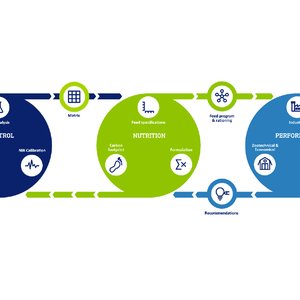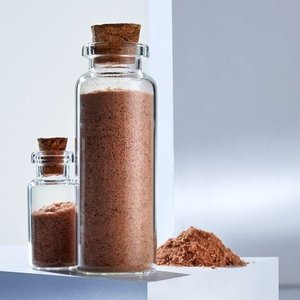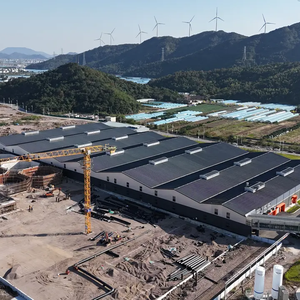In the past few years, the aquafeed industry has been looking for alternatives to fishmeal and fish oil. One marine resource that is currently being underutilized is process water emerging from the seafood processing industry. These waters get enriched in proteins and fatty acids but in common practices, these nutrients are lost from the food chain. Normally, seafood process waters are treated with synthetic hazardous coagulant-flocculants or synthetic flocculants to remove organic matter that makes the recovered biomass unsuitable for food or feed purposes. However, replacing these flocculants with natural flocculants, such as carrageenan or alginate, can turn this currently wasted resource into a valuable food/feed raw material.
Researchers, together with Skretting, examined the possibility of using proteins recovered from seafood industry side stream waters as a complement to fishmeal in feed for Atlantic salmon. To recover the proteins, herring and shrimp process side streams waters were flocculated and then treated with dissolved air flotation (DAF), which is considered a gentle technology. Shrimp steam water was used to obtain shrimp protein and herring salt brine to obtain herring protein. The recovered semi-solid protein fraction was spray-dried and formulated into experimental diets at inclusion levels of 1.9–10% (dw/dw).
Two feeding trials were conducted in Atlantic salmon to investigate (1) the properties of different flocculants to recover shrimp protein from shrimp steam water, alginate, carrageenan and a synthetic flocculant from Kemira; and (2) the total or partial replacement of fishmeal with shrimp protein-Alg (10% and no fishmeal) and herring protein-Alg (3% and 8% fishmeal).
All fish showed similar feed intake, feed conversion ratio and weight gain. The inclusion of shrimp protein or herring protein as total or partial replacement of fishmeal did neither influence the adiposity of the fish, as measured by condition factor, nor heposomatic index (HSI). No negative effect of the alternative protein could be found through histological examination of the intestine. In feeding trial two, herring protein-Alg affected the trans-epithelial resistance, which indicates that the intestinal barrier function could be affected by low inclusions.
Researchers concluded that protein powders produced from seafood industry side stream waters using natural flocculants show high potential for inclusion in Atlantic salmon feed. “From a biological perspective, shrimp protein recovered from shrimp steaming waters using Alg and DAF technology represents a new marine biomass with the potential as a replacement for fishmeal in Atlantic salmon feed.”
Reference:
Hedén, I., Forghani Targhi, B., Baardsen, G., Westereng, B., Svendsen, T., Jönsson, E., Hasselberg Frank, L., Undeland, I., Sundell, K., & Sundh, H. (2023). Dietary replacement of fishmeal with marine proteins recovered from shrimp and herring process waters promising in Atlantic salmon aquaculture. Aquaculture, 574, 739735. https://doi.org/10.1016/j.aquaculture.2023.739735













